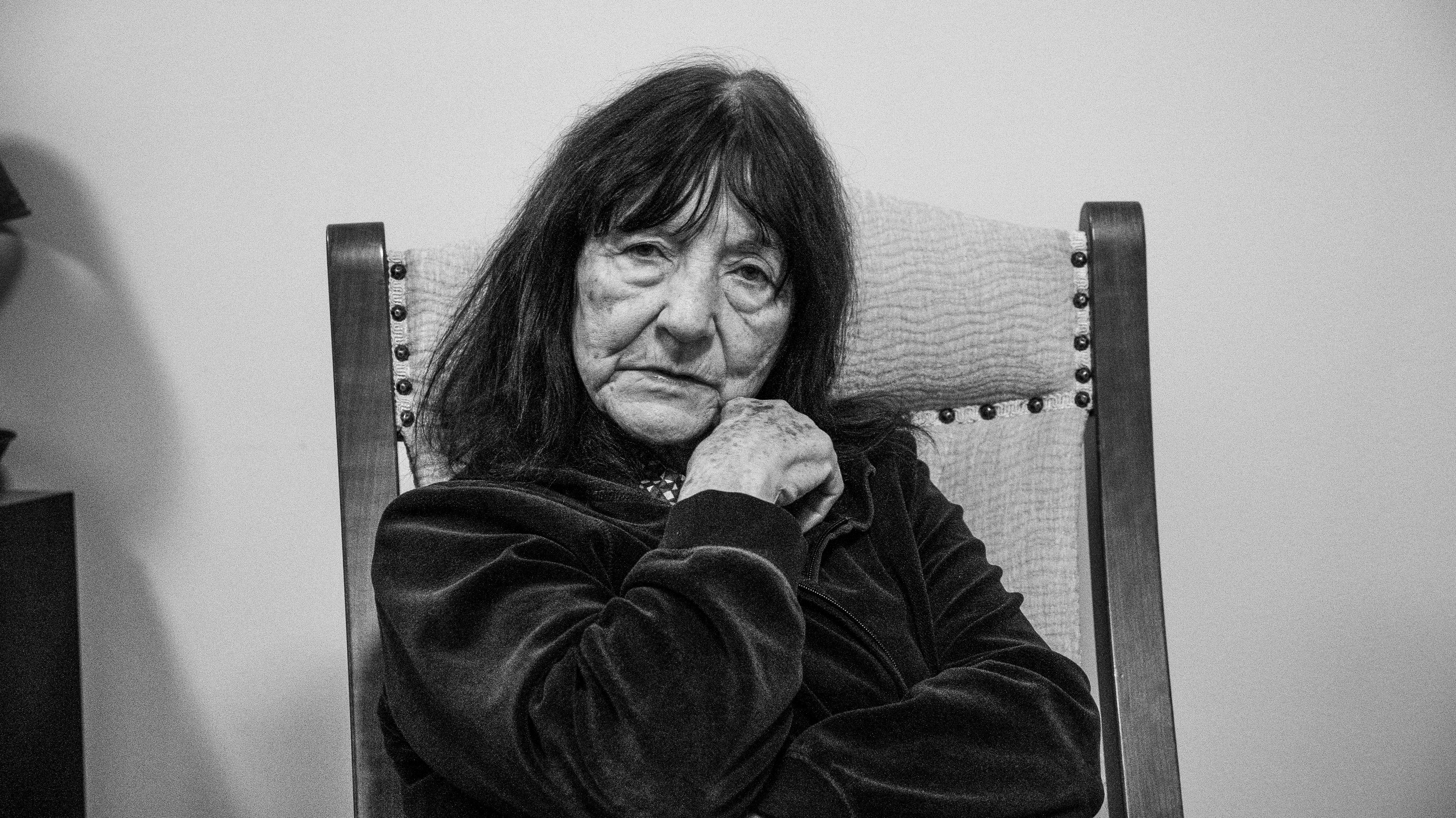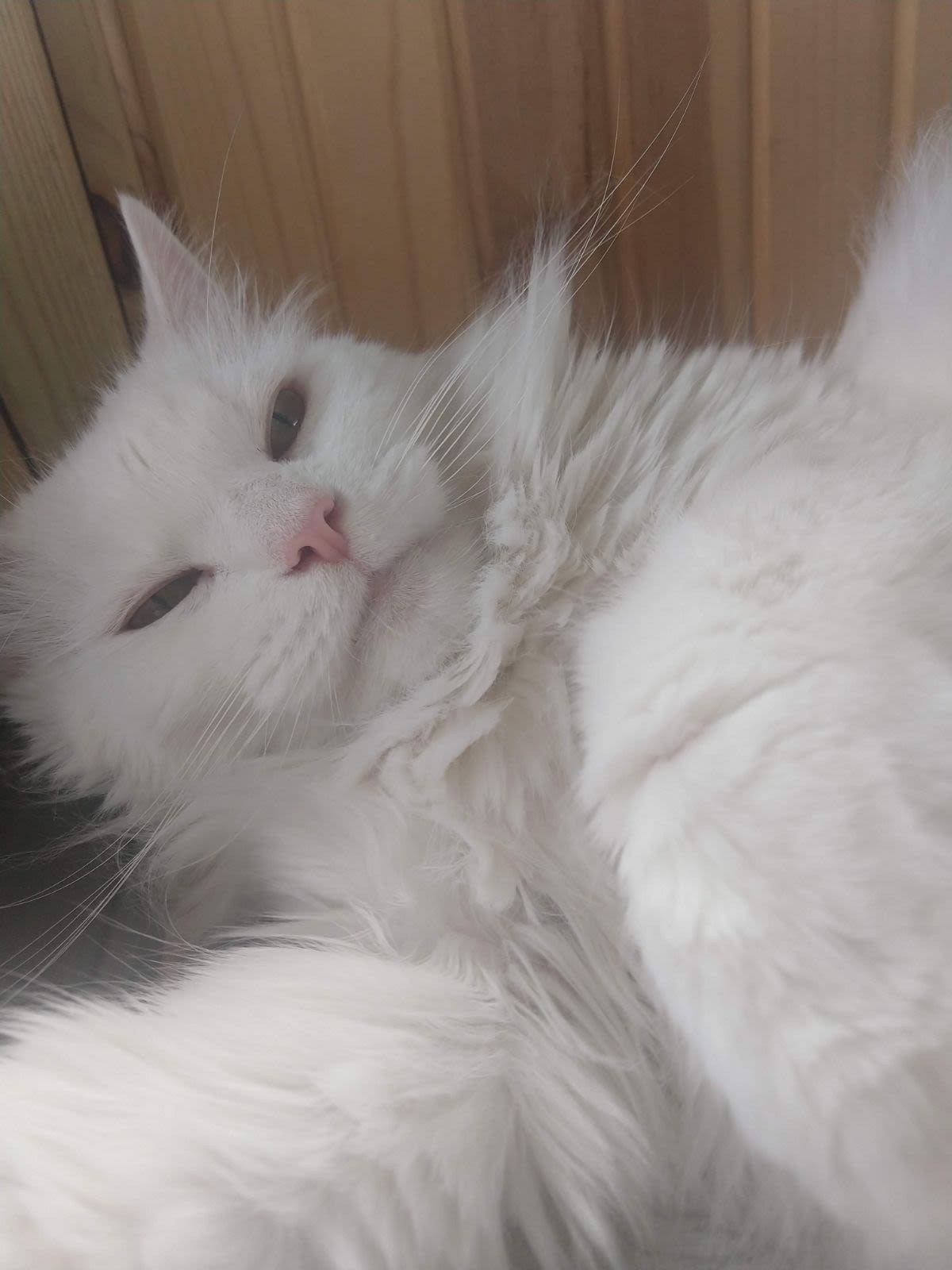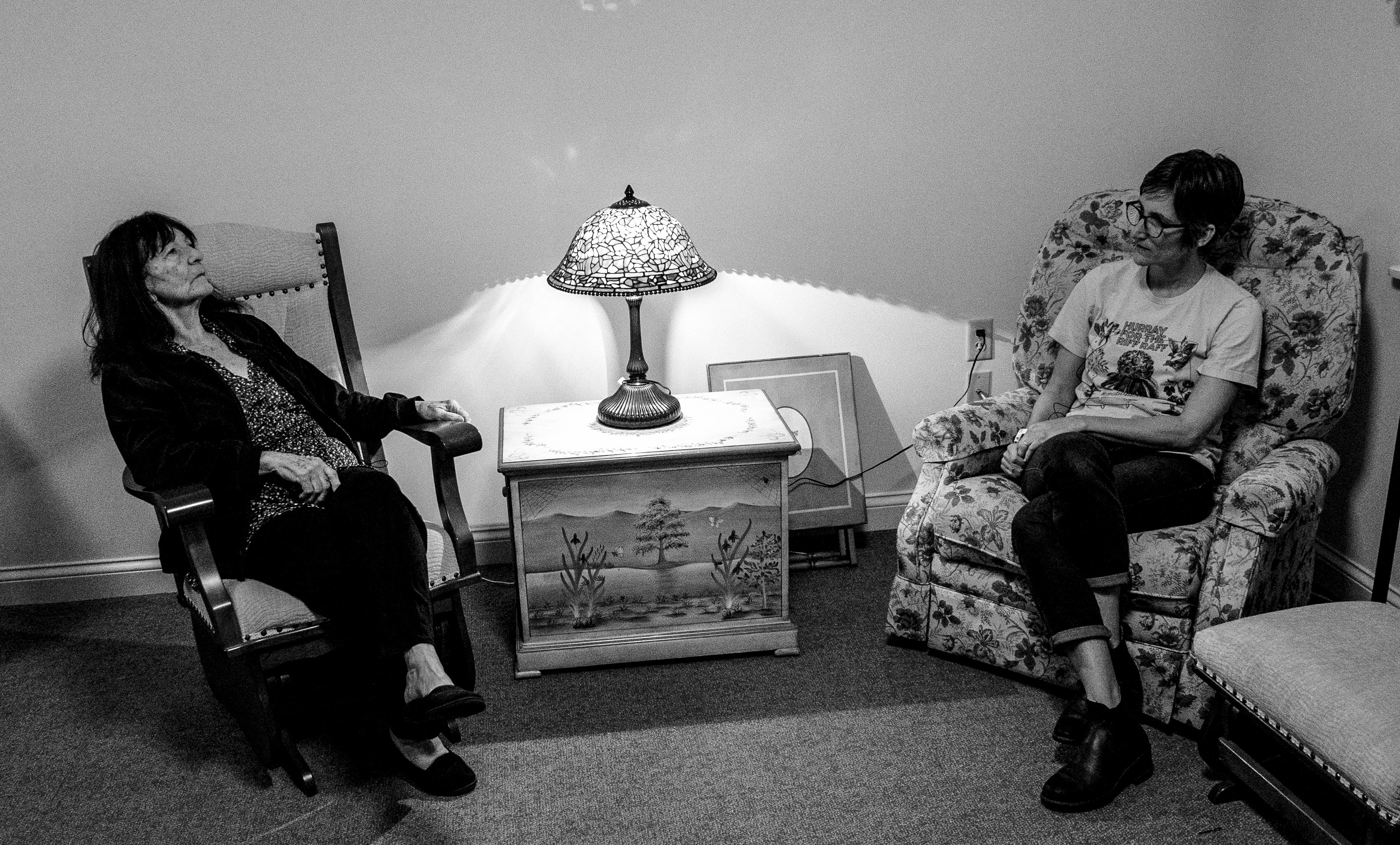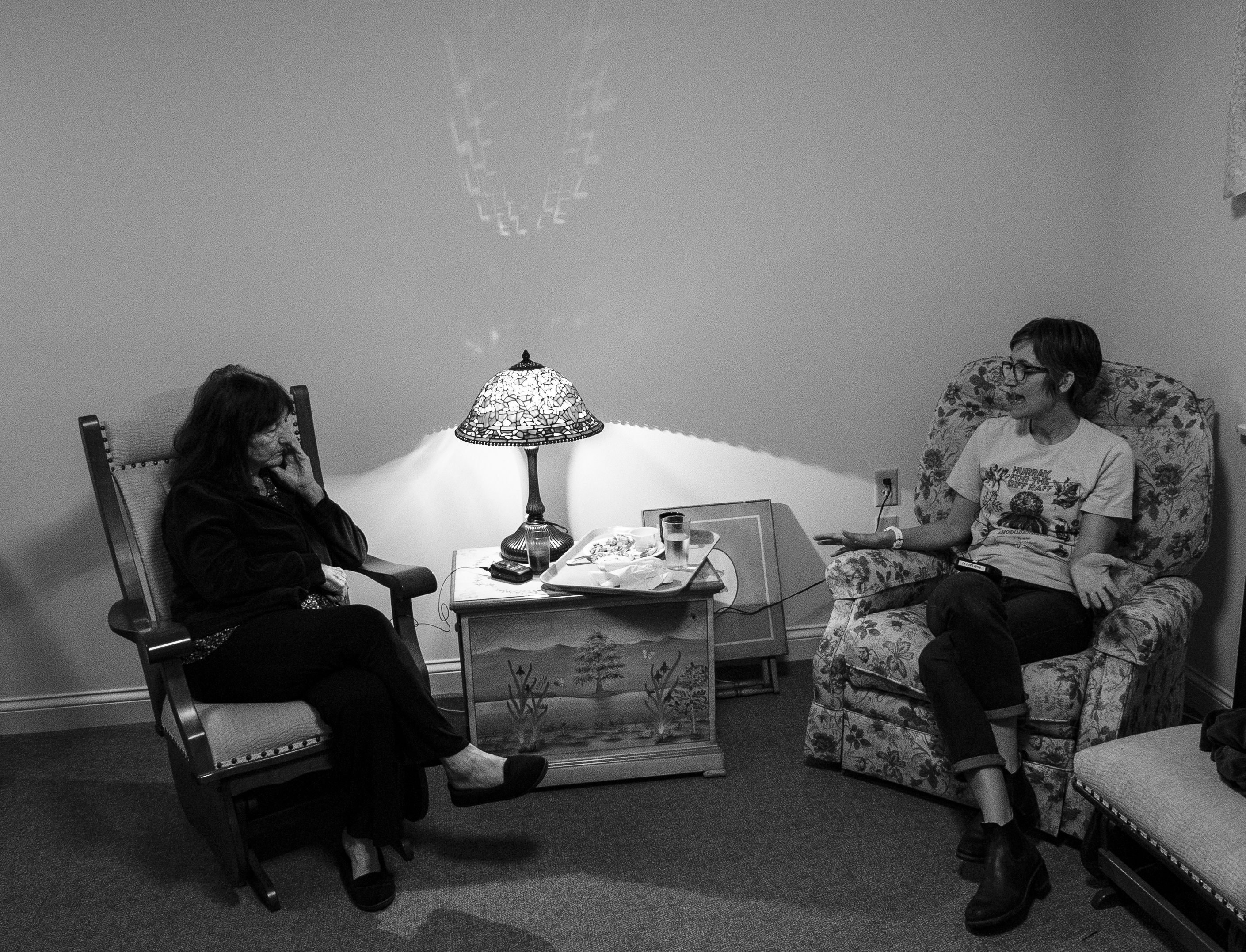The Memory Gears
A mother and daughter connect in surprising ways in the presence of Alzheimer's disease

In the following audio story, Sue Sinclair, who is suffering from Alzheimer's disease, engages what she calls "The Memory Gears," reflecting on the hardships and joys of her life. She is in conversation with her daughter, Heather Shaw, who seeks to stay present with Sue, even when Sue loses the thread of what she is saying, or who she is saying it to.
Heather has moments when she doesn't know what to do. She processes her experiences in beautifully written journal entries.
As the facts of Sue and Heather's shared life become more tenuous, they also become more precious. Listen to this intimate and moving story.
(Original music composed by Matt Jackfert.)

Buddy. A good boy. The best boy.
Buddy. A good boy. The best boy.


Sue and Heather in Sue's room at Sharonbrooke, in the lockdown ward.
Traditional animation (also called cel animation or hand-drawn animation) was the process used for most animated films of the 20th century.
The individual frames of a traditionally animated film are photographs of drawings that are first drawn on paper. To create the illusion of movement, each drawing differs slightly from the one before it.
The animators' drawings are traced or photocopied onto transparent acetate sheets called cels, which are filled in with paints in assigned colors or tones on the side opposite the line drawings. The completed character cels are photographed one-by-one against a painted background by a rostrum camera onto motion picture film . The traditional cel animation process became obsolete by the beginning of the 21st century. Today, animators' drawings and the backgrounds are either scanned into or drawn directly into a computer system.
Various software programs are used to color the drawings and simulate camera movement and effects.
The final animated piece is output to one of several delivery media, including traditional 35 mm film and newer media such as digital video. The "look" of traditional cel animation is still preserved, and the character animators' work has remained essentially the same over the past 70 years. Some animation producers have used the term "tradigital" to describe cel animation which makes extensive use of computer technology. Examples of traditionally animated feature films include Pinocchio (United States, 1940), Animal Farm (United Kingdom, 1954), and Akira (Japan, 1988). Traditional animated films which were produced with the aid of computer technology include The Lion King (US, 1994) Sen to Chihiro no Kamikakushi (Spirited Away) (Japan, 2001), and Les Triplettes de Belleville (France, 2003).
In computer displays, filmmaking, television production, and other kinetic displays, scrolling is sliding text, images or video across a monitor or display, vertically or horizontally. "Scrolling", as such, does not change the layout of the text or pictures, but moves (pans or tilts) the user's view across what is apparently a larger image that is not wholly seen. A common television and movie special effect is to scroll credits, while leaving the background stationary. Scrolling may take place completely without user intervention (as in film credits) or, on an interactive device, be triggered by touchscreen or computer mouse motion or a keypress and continue without further intervention until a further user action, or be entirely controlled by input devices. Scrolling may take place in discrete increments (perhaps one or a few lines of text at a time), or continuously (smooth scrolling). Frame rate is the speed at which an entire image is redisplayed. It is related to scrolling in that changes to text and image position can only happen as often as the image can be redisplayed. When frame rate is a limiting factor, one smooth scrolling technique is to blur images during movement that would otherwise appear to "jump". The term scrolling is also used for a type of misbehavior in an online chat room whereby one person forces the screens of others in a chat to scroll by inserting much noise or special control characters.
Words from http://en.wikipedia.org/wiki/Animation and http://en.wikipedia.org/wiki/Scrolling.
Writing is a medium of communication that represents language through the inscription of signs and symbols.
In most languages, writing is a complement to speech or spoken language. Writing is not a language but a form of technology. Within a language system, writing relies on many of the same structures as speech, such as vocabulary, grammar and semantics, with the added dependency of a system of signs or symbols, usually in the form of a formal alphabet. The result of writing is generally called text, and the recipient of text is called a reader. Motivations for writing include publication, storytelling, correspondence and diary. Writing has been instrumental in keeping history, dissemination of knowledge through the media and the formation of legal systems.



